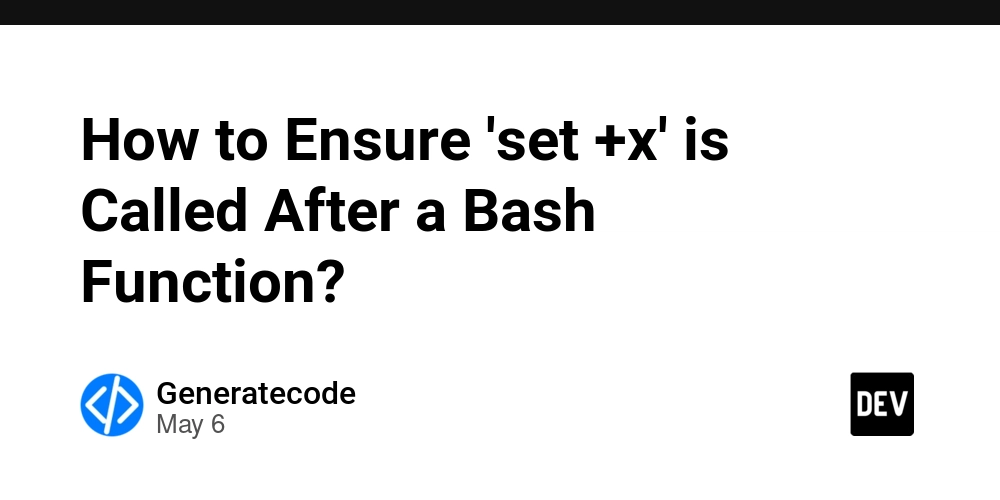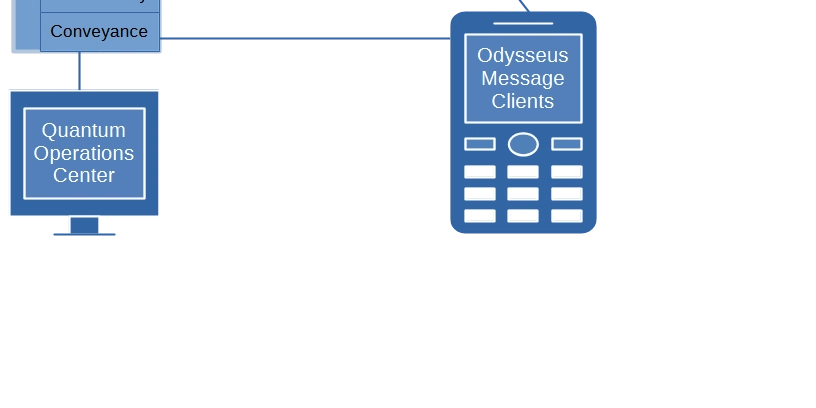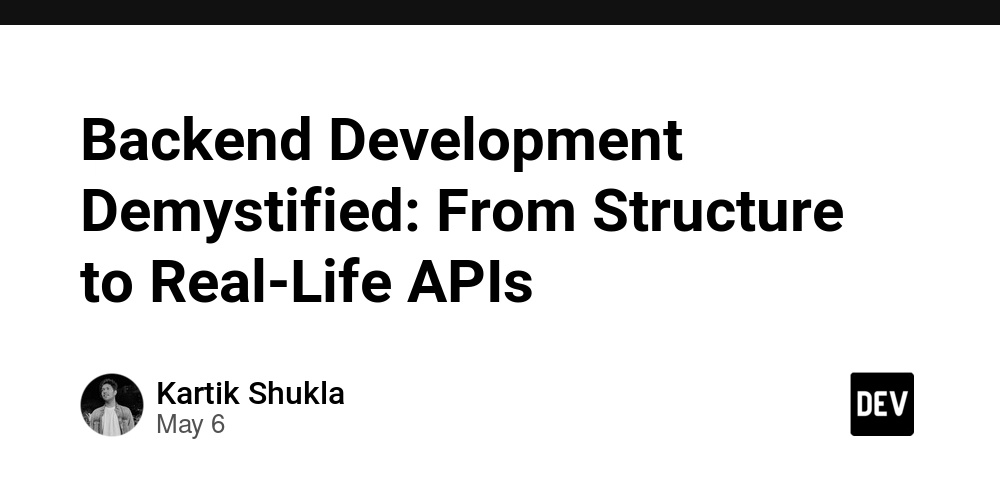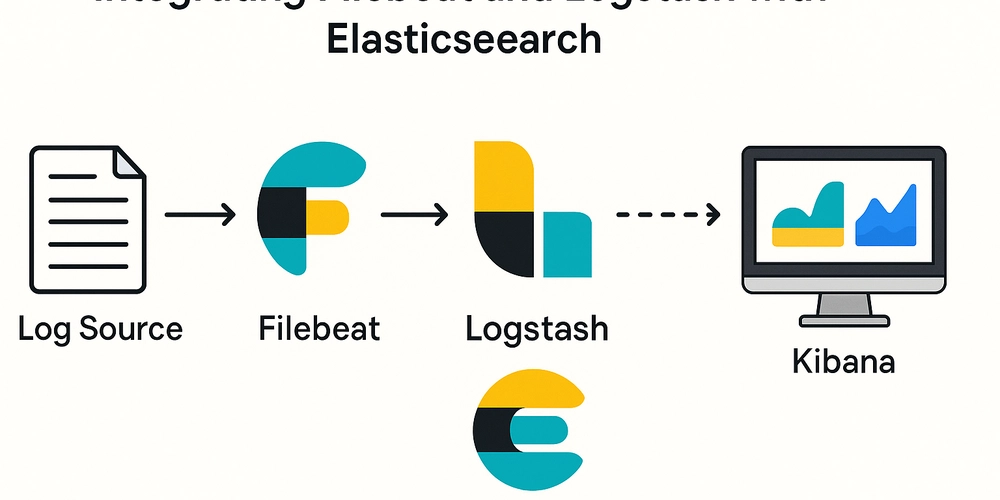Go #007 – Functions: Multiple Returns, Named Returns, and Stack Frames
Go’s functions are deceptively simple. Features like multiple returns and named returns feel ergonomic, but they quietly shape how memory is allocated and managed. Let’s dissect their impact on stack frames and uncover when the heap sneaks into your function calls. The Code package main // Multiple returns (stack-allocated) func sumAndDiff(a, b int) (int, int) { return a + b, a - b } // Named returns (stack by default, heap if escaped) func calcTax(price float64) (tax float64, err error) { tax = price * 0.07 return // Implicit return } // Heap escape: returning a pointer to a stack variable func riskyCalc() *float64 { result := 42.0 // Escapes to heap (returned pointer) return &result } func main() { sum, diff := sumAndDiff(10, 5) // Stack tax, _ := calcTax(100.0) // Stack ptr := riskyCalc() // Heap } Memory Segmentation Visualized +-------------------+ Lowest Address | Code | |-------------------| | sumAndDiff() | // Instructions for arithmetic | calcTax() | // Tax calculation logic | riskyCalc() | // Function with heap escape +-------------------+ | Data | |-------------------| | (No constants) | +-------------------+ | Stack | |-------------------| | main() frame | | sum (int) | | diff (int) | | tax (float64) | | ptr (*float64) →| |-------------------| | sumAndDiff frame | | a, b (int) | | return values | |-------------------| | calcTax frame | | price (float64) | | tax, err (ret) | +-------------------+ | Heap | |-------------------| | result (float64) | // Allocated by riskyCalc +-------------------+ Highest Address Breakdown 1. Multiple Returns (sumAndDiff) Stack-allocated: Return values a+b and a-b are stored in the caller’s stack frame. Zero allocations: No heap involvement—values are copied directly. 2. Named Returns (calcTax) Stack behavior: Named returns tax and err are pre-allocated in the function’s stack frame. Implicit returns: return implicitly returns tax and err. No performance penalty. 3. Heap Escape (riskyCalc) Compiler decision: Returning &result forces result to the heap. Escape analysis proof: go build -gcflags="-m" main.go # ./main.go:11:2: result escapes to heap Why Stack Frames Matter Efficiency: Stack allocations are instantaneous (adjust stack pointer). Isolation: Each function call gets its own frame. Variables don’t interfere across calls. No garbage collection: Stack frames vanish when functions return. Named Returns: The Hidden Risk Named returns usually stay on the stack—unless they escape: func leak() (tax *float64) { tax = new(float64) // Heap (new always allocates) *tax = 100 * 0.07 return // Returns pointer → heap } Even with named returns, new forces a heap allocation. Optimization Tips Prefer value returns: Avoid returning pointers unless necessary. Beware Implicit returns in closures: Capturing named returns in closures can force heap escapes. Use -gcflags="-m": Always verify escape analysis for hot paths. Key Insight: Go’s stack frames are ephemeral and efficient, but the compiler prioritizes correctness over speed. When in doubt, let escape analysis guide your optimizations.

Go’s functions are deceptively simple. Features like multiple returns and named returns feel ergonomic, but they quietly shape how memory is allocated and managed. Let’s dissect their impact on stack frames and uncover when the heap sneaks into your function calls.
The Code
package main
// Multiple returns (stack-allocated)
func sumAndDiff(a, b int) (int, int) {
return a + b, a - b
}
// Named returns (stack by default, heap if escaped)
func calcTax(price float64) (tax float64, err error) {
tax = price * 0.07
return // Implicit return
}
// Heap escape: returning a pointer to a stack variable
func riskyCalc() *float64 {
result := 42.0 // Escapes to heap (returned pointer)
return &result
}
func main() {
sum, diff := sumAndDiff(10, 5) // Stack
tax, _ := calcTax(100.0) // Stack
ptr := riskyCalc() // Heap
}
Memory Segmentation Visualized
+-------------------+ Lowest Address
| Code |
|-------------------|
| sumAndDiff() | // Instructions for arithmetic
| calcTax() | // Tax calculation logic
| riskyCalc() | // Function with heap escape
+-------------------+
| Data |
|-------------------|
| (No constants) |
+-------------------+
| Stack |
|-------------------|
| main() frame |
| sum (int) |
| diff (int) |
| tax (float64) |
| ptr (*float64) →|
|-------------------|
| sumAndDiff frame |
| a, b (int) |
| return values |
|-------------------|
| calcTax frame |
| price (float64) |
| tax, err (ret) |
+-------------------+
| Heap |
|-------------------|
| result (float64) | // Allocated by riskyCalc
+-------------------+ Highest Address
Breakdown
1. Multiple Returns (sumAndDiff)
-
Stack-allocated: Return values
a+banda-bare stored in the caller’s stack frame. - Zero allocations: No heap involvement—values are copied directly.
2. Named Returns (calcTax)
-
Stack behavior: Named returns
taxanderrare pre-allocated in the function’s stack frame. -
Implicit returns:
returnimplicitly returnstaxanderr. No performance penalty.
3. Heap Escape (riskyCalc)
-
Compiler decision: Returning
&resultforcesresultto the heap. - Escape analysis proof:
go build -gcflags="-m" main.go
# ./main.go:11:2: result escapes to heap
Why Stack Frames Matter
- Efficiency: Stack allocations are instantaneous (adjust stack pointer).
- Isolation: Each function call gets its own frame. Variables don’t interfere across calls.
- No garbage collection: Stack frames vanish when functions return.
Named Returns: The Hidden Risk
Named returns usually stay on the stack—unless they escape:
func leak() (tax *float64) {
tax = new(float64) // Heap (new always allocates)
*tax = 100 * 0.07
return // Returns pointer → heap
}
Even with named returns, new forces a heap allocation.
Optimization Tips
- Prefer value returns: Avoid returning pointers unless necessary.
- Beware Implicit returns in closures: Capturing named returns in closures can force heap escapes.
-
Use
-gcflags="-m": Always verify escape analysis for hot paths.
Key Insight: Go’s stack frames are ephemeral and efficient, but the compiler prioritizes correctness over speed. When in doubt, let escape analysis guide your optimizations.








































































































































































![[The AI Show Episode 145]: OpenAI Releases o3 and o4-mini, AI Is Causing “Quiet Layoffs,” Executive Order on Youth AI Education & GPT-4o’s Controversial Update](https://www.marketingaiinstitute.com/hubfs/ep%20145%20cover.png)






















































































































































































































































































































































































![Apple Shares Official Teaser for 'Highest 2 Lowest' Starring Denzel Washington [Video]](https://www.iclarified.com/images/news/97221/97221/97221-640.jpg)

![Under-Display Face ID Coming to iPhone 18 Pro and Pro Max [Rumor]](https://www.iclarified.com/images/news/97215/97215/97215-640.jpg)
![New Powerbeats Pro 2 Wireless Earbuds On Sale for $199.95 [Lowest Price Ever]](https://www.iclarified.com/images/news/97217/97217/97217-640.jpg)




































































































